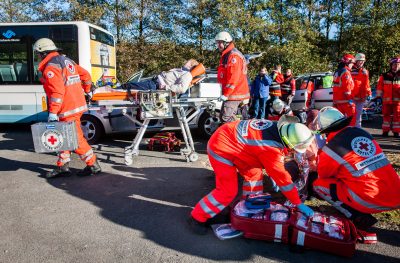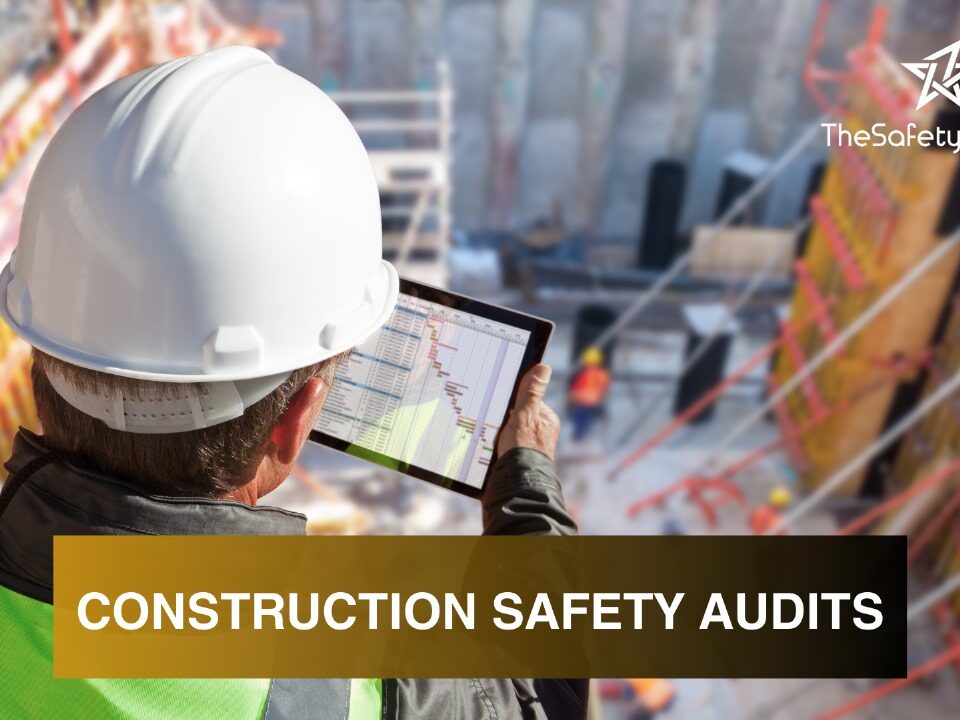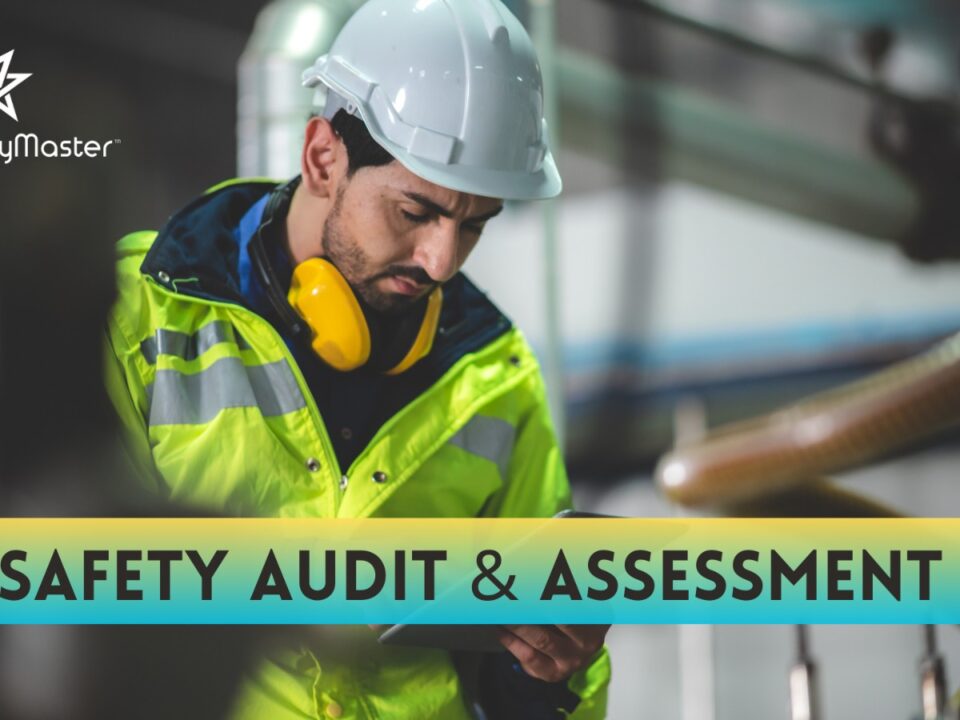First aid training for specific environments: workplace, home, and outdoor settings – The Safety Master
Forklift Training: Advanced Techniques for Enhanced Efficiency and Productivity in the Workplace
May 6, 2024
Ethical Consideration in Quantitative Risk Analysis Ensuring Transparency & Accountability
May 10, 20241. Introduction
First aid training is an invaluable skill that can make a significant difference in emergency situations, whether at the workplace, home, or outdoors. It equips individuals with the knowledge and confidence to respond effectively to various medical emergencies, potentially saving lives and minimizing the severity of injuries.
2. Workplace First Aid
Types of Workplace Hazards
Workplaces can pose a variety of hazards, including slips, trips, falls, electrical hazards, and exposure to harmful substances. First aid training helps employees identify and mitigate these risks, fostering a safer work environment.
Common Workplace Injuries
From minor cuts and burns to more severe incidents like cardiac arrests and fractures, workplaces witness a range of injuries. Proper first aid training ensures that employees are prepared to administer immediate care until professional medical help arrives.
Importance of First Aid Kits
Having well-stocked first aid kits readily available in workplaces is crucial. These kits should contain essential items such as bandages, antiseptic wipes, gloves, and CPR masks. First aid training educates employees on how to use these supplies effectively in emergencies.
3. Home First Aid
Potential Home Emergencies
Accidents can happen anywhere, including within the confines of our homes. Common home emergencies include kitchen burns, choking incidents, falls from heights, and household chemical exposures. First aid training equips individuals with the skills to respond promptly and appropriately to these situations.
Basic First Aid Techniques for Home
Basic first aid techniques such as CPR, wound cleaning, and splinting can be lifesaving in home emergencies. Knowing how to perform these interventions correctly can make a critical difference in the outcome of an injury or medical crisis.
Creating a Home First Aid Kit
Every household should have a well-equipped first aid kit readily available. This kit should include essential items such as adhesive bandages, gauze pads, tweezers, scissors, and emergency contact information. First aid training provides guidance on assembling and maintaining these kits.
4. Outdoor First Aid
Nature of Outdoor Emergencies
Outdoor activities such as hiking, camping, and sports come with their own set of risks. In remote wilderness settings, access to medical help may be limited, making first aid skills essential. Outdoor first aid training prepares individuals to handle injuries such as sprains, fractures, animal bites, and environmental emergencies like hypothermia and heatstroke.
Wilderness First Aid Techniques
Unlike urban environments, outdoor settings often lack immediate access to medical facilities. Wilderness first aid courses teach participants how to assess injuries, stabilize patients, and improvise medical equipment using available resources in the wilderness.
Essential Items for Outdoor First Aid Kit
When venturing into the outdoors, it’s essential to carry a well-stocked first aid kit tailored to the specific activities and environment. Items such as adhesive tape, triangular bandages, splints, and insect repellent can be invaluable in treating outdoor-related injuries. First aid training guides individuals on selecting and packing appropriate supplies for outdoor adventures.
5. Choosing the Right First Aid Course
Accreditation and Certification
When selecting a first aid training course, it’s essential to choose accredited providers that adhere to recognized standards. Certification from reputable organizations ensures that the training meets industry requirements and equips individuals with reliable skills.
Tailored Courses for Specific Environments
Many first aid training programs offer specialized courses tailored to specific environments, such as workplaces, homes, or outdoor settings. These courses provide targeted instruction on managing injuries and medical emergencies relevant to each environment.
Hands-on Training vs. Online Courses
While online first aid courses offer convenience and flexibility, hands-on training provides invaluable practical experience. Combining theoretical knowledge with hands-on practice enhances learning and retention, better preparing individuals to respond confidently in real-life emergencies.
6. Benefits of First Aid Training
Saving Lives
First aid training empowers individuals to take immediate action in medical emergencies, potentially saving lives before professional help arrives. Prompt intervention, such as CPR or controlling bleeding, can significantly improve the chances of survival.
Reducing Severity of Injuries
Effective first aid can prevent minor injuries from escalating into more severe conditions. By providing timely care and immobilizing injured areas, individuals can minimize pain and reduce the risk of complications.
Boosting Confidence
Confidence is a crucial component of effective first aid response. Through training and practice, individuals develop the skills and confidence to remain calm and composed in emergency situations, ensuring a more effective response.
7. Conclusion
First aid training is a vital investment for individuals across various settings, including workplaces, homes, and outdoor environments. By equipping individuals with the knowledge and skills to respond effectively to emergencies, first aid training can save lives, reduce the severity of injuries, and instill confidence in responders.




